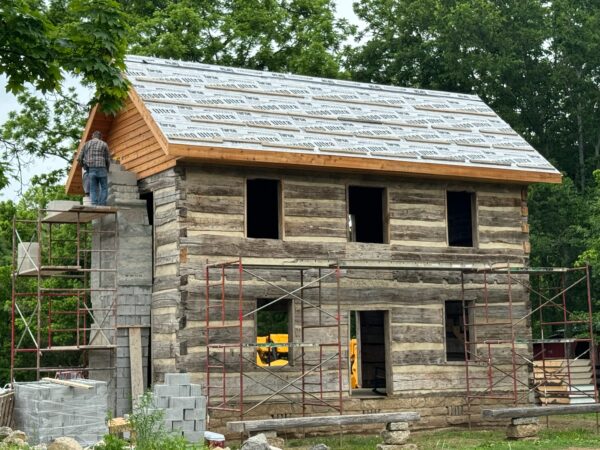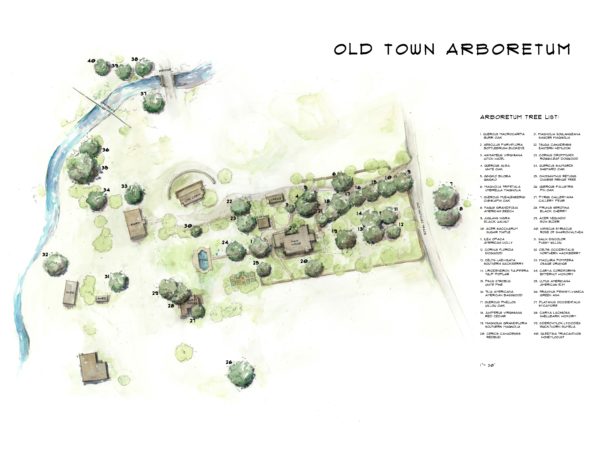Paleoindians
Cahokia Mounds
Mississippian Culture
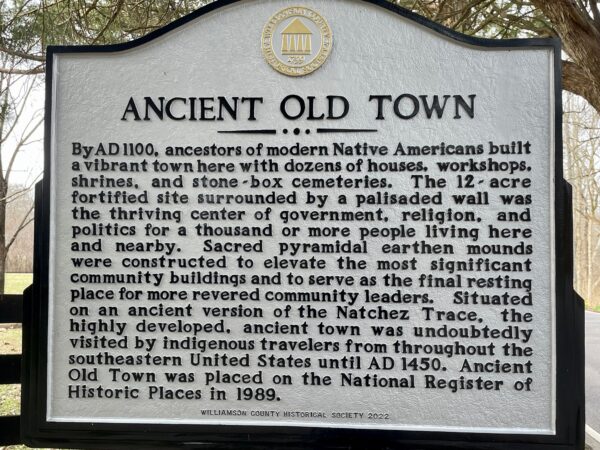
Social and Political Center
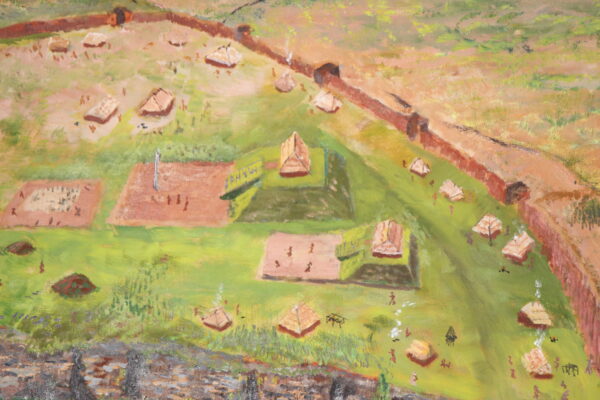
Stone-Box Grave
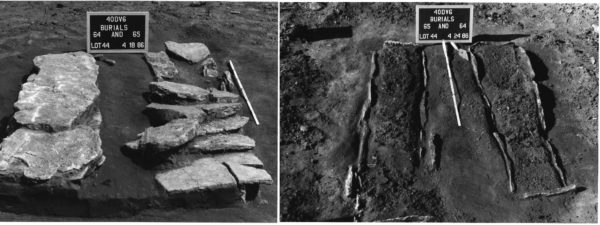
Mega-Droughts
Old Town Abandoned
Nashville Settled
John Donelson, Sr. Receives “Old Town” Land Grant
John Donelson, Jr. Inherits Old Town Tract
Tennessee Becomes State
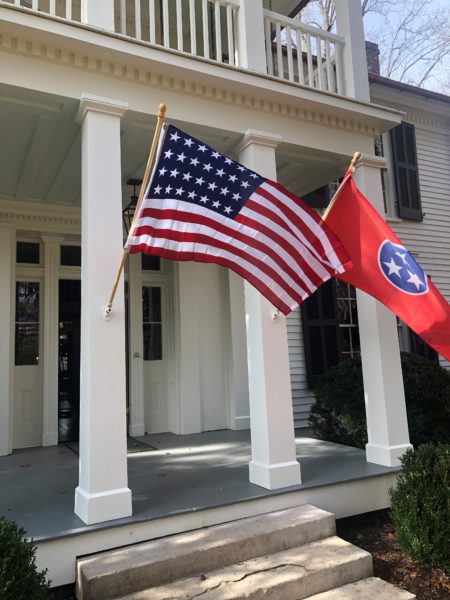
Williamson County Founded
Thomas Brown is Born
Old Natchez Trace
1801 Bridge
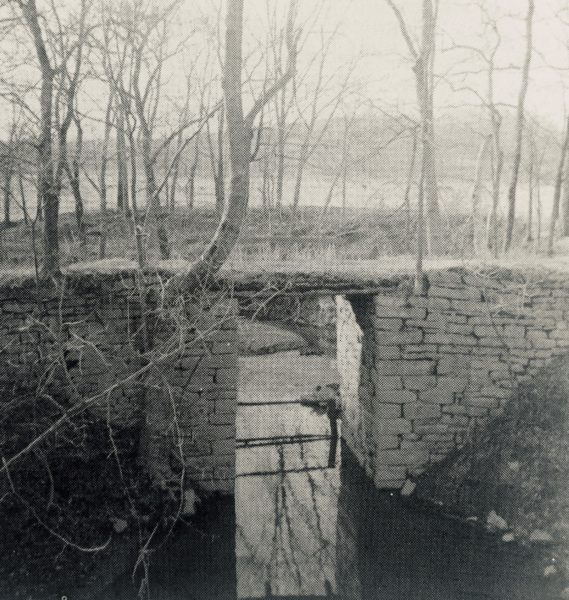
“Old Town”
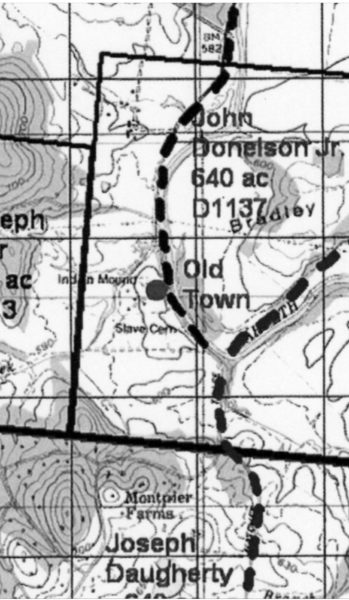 Earliest known written use of the term “Old Town” comes from a land warrant issued on February 15, 1803 — which reads in part “on big Harpeth adjoining John Donelson’s tract of 640 (that includes a part of the old town).”
Earliest known written use of the term “Old Town” comes from a land warrant issued on February 15, 1803 — which reads in part “on big Harpeth adjoining John Donelson’s tract of 640 (that includes a part of the old town).”The First Chickasaw Land Cession
Courtesy Rachael Finch and the Heritage Foundation of Williamson County.
City of Nashville
Andrew Jackson & Old Town Bridge
The Treaty of 1816
Courtesy Rachael Finch and the Heritage Foundation of Williamson County.
The Chickasaw Treaty of 1818
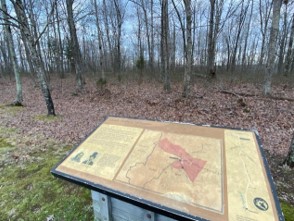
Courtesy Rachael Finch and the Heritage Foundation of Williamson County.
Thomas Harden Perkins Purchases Old Town
Thomas Harden Perkins Deeds Old Town Tract to Nicholas and Polly Perkins
Nicholas and Polly Perkins Move Into “Log Dwellings” at Old Town
Thomas Brown Moves to Tennessee
Thomas Brown Marries Nancy Davis
Trail of Tears – Indian Removal Act
Nancy Davis Brown Dies
Thomas Brown Marries Margaret Hunter
John Thomas Brown
Nicholas Perkins Sells Old Town
Thomas Brown Purchases Old Town Property
Greek Revival-Style Home
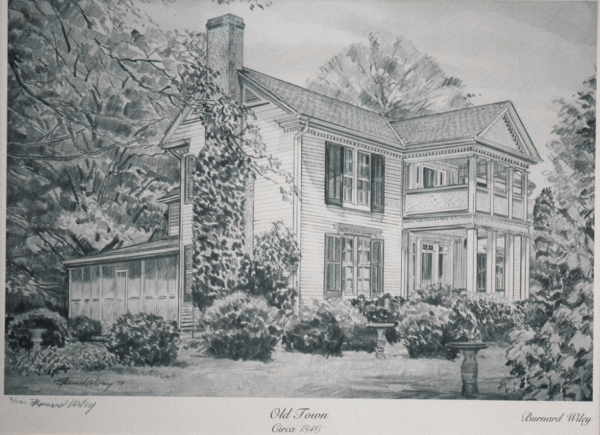
American Civil War
Battle of Franklin
Oath of Allegiance
Bethenia Brown Marries
Jennie Brown Marries
First Archaeological Excavation by Joseph Jones
Thomas Brown, Sr. Dies
Investigation at Old Town
First Archaeological Findings Published
Edwin Curtiss Explores Old Town
Maggie Brown Marries
Margaret S. Brown dies
Forest Home Burned
“Forest Home – The house that was burned down last week upon the farm of C.E. Brown was said to be 110 years old, was built by Mr. Nicholas “Bigbee” Perkins, the father of Judge W.O.N. Perkins and the grandfather of our mutual friend Edwin M. Perkins. The house [was at] one time part of the Old Town place, which belonged to Judge Perkins.”
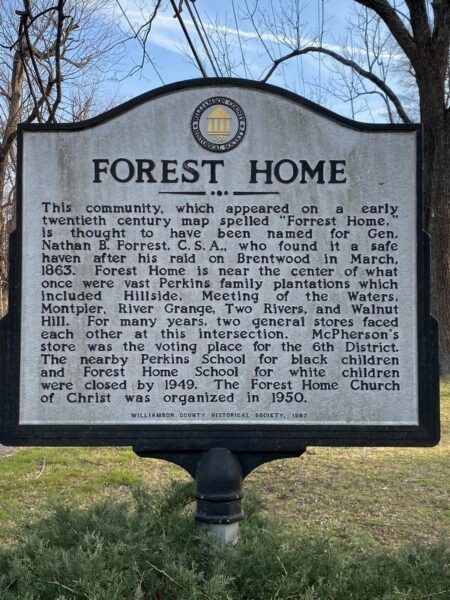
1801 Bridge is Replaced
Jesse Walter Fewkes Visits Old Town
Luther McCall Explores Old Town
William Glass Polk Examines Graves
Major Flood
Daffodils

1801 Bridge is Back
1801 Bridge is Washed Out
The Coopers purchase Old Town
William Glass Polk’s Collection Donated
Laura Turner’s First Visit to Old Town
New Archaeological Findings
National Register of Historic Places
“Old Town Archaeological Site”
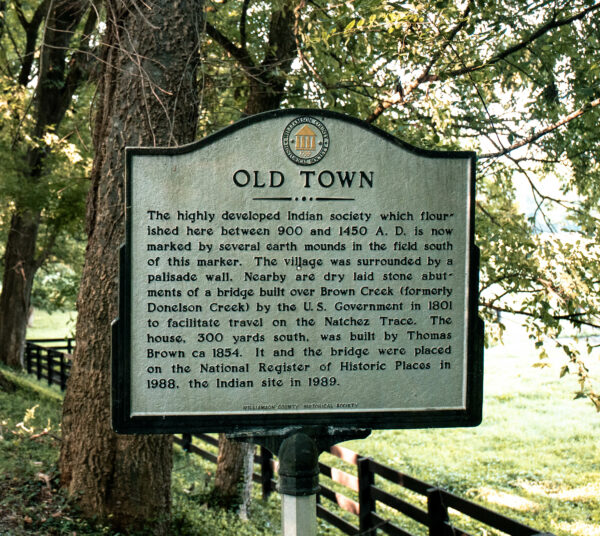
Jimmy Buffett Purchases Old Town
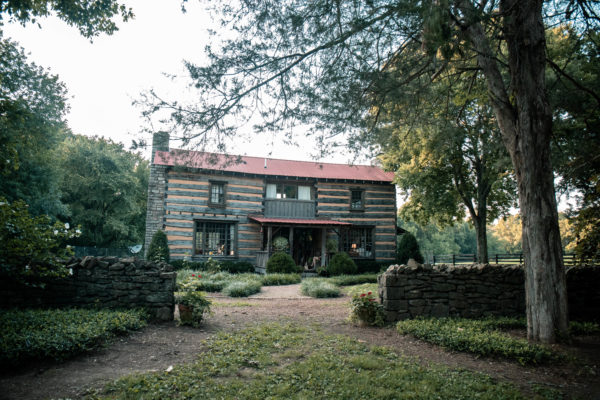
Thomas Brown House Renovations
Kim Carnes purchases Old Town
The Cromlings purchase Old Town
Middle Tennessee “1,000-year Flood”
First Geophysical Survey at Old Town
1801 Bridge Restoration
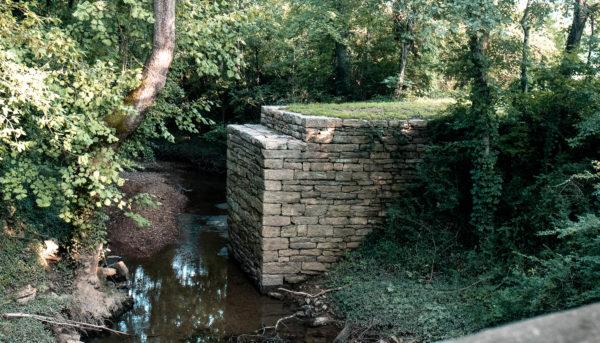
Bill and Tracy Frist Purchase Old Town
Old Town Heritage Project
Milking Barn Purchased
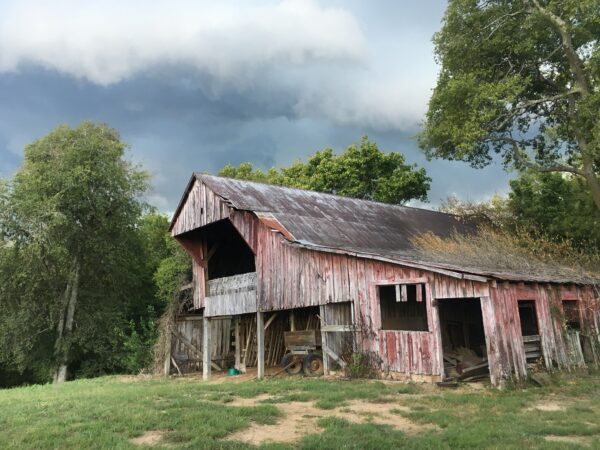
Old Town Historic Daffodil Project
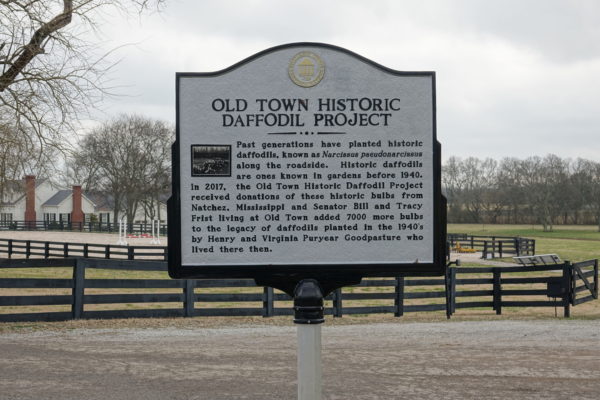
Thomas Brown House Restoration
Second Geophysical Survey Conducted at Old Town
Old Town Arboretum
Cutting Horse Arena

Old Town is the home to Sinking Creek Cutting Horses, LLC. Tracy oversees breeding and training (and shows regularly), continuing for 40 years a line of cutting horses originating with her own Sadie.
The cutting horse Arena was built in the summer of 2020. It is a replica of the one located at the Frist’s Farm, Sinking Creek, designed and built (literally, by her hands with Rodney) by Tracy. The Arena is constructed of cedar and is built to withstand the test of time. With the large viewing stand, guests come and enjoy our horses working and learn all about cutting horses.
Horse Barn Constructed
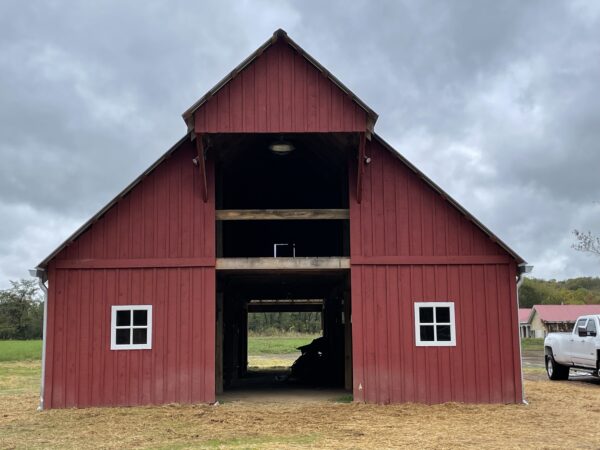
Old Town Arboretum Receives Level 2 Certification
“Locust Grove” relocated to Old Town
